Manticore
RETIRED MOD

- Joined
- Jan 18, 2009
- Messages
- 10,115
- Reaction score
- 114
- Country
- Location
http://dc224.*******.com/img/EyaOow4C/0.9732573094010434/su30mkitail.jpg
http://dc224.*******.com/img/3mVW4DAx/0.44146828182747055/su35ubtail.jpg
su27ubk

The first problem is that there are two factories – IAPO in Irkutsk and KnAAPO in Kosmomolsk. They both produces Su-27 airplanes, but in the past IAPO was responsible for two seat versions and KnAAPO for single seat versions. Now, when the orders are very rare, both factories develop their own airplanes. For example Su-35UB, developed by KnAAPO can be equipped in the same level as IAPOs Su-30MKI. In the other hand, Su-30KI is nearly identical as KnAAPOs Su-35.
The second problem is, that many designations were used many times again. For example Su-27P is designation for serial Su-27 version in russian inventory for air attacks, but also for special version used by Gromov LII for avionic tests (it has not radar or IRST).
Development line 1
T10 – the project designation, also name for early four prototypes
Su-27S – serial configuration for russian air force, air attacks, ground attacks only with unguided munition
Su-27P – serial configuration for russian air force, only for air attacks (because international agreements it can use only air-to-air weapons)
Su-27U – trainer without radar (not realized)
Su-27UB – combat trainer for Su-27S/P fighters
Su-27RV – six machines for acrobatic group Russkije Vitjazi
Su-27SK – export version of Su-27S for China (J-11A)
Su-27SMK – modernized Su-27SK
Su-27UBK – export version of Su-27UB
Su-27PK – export version of Su-27P (no customers)
Su-27PMK – modernised Su-27PK (no customers)
Su-27SM – modernised Su-27S, unrealised and designation was later used again
Su-27PM – modernised Su-27P for russian air force (not realized)
Su-27UBM – proposed early modernization of Su-27UB, unrealized and designation was later used again
Su-27BM1 – Belarus upgrade of Su-27S/P
Su-27UBM1 – Belarus upgrade of Su-27UB
Su-30 (Su-27PU) – two seat air defence fighter
Su-30D (Dozapravka Su-27PUD) – two serial Su-30, bought for Anatolij Kvotchur acrobatic team (second was later rebuilt as Su-30MK)
Su-30RV – special version for acrobatic team Russkije Vitjazi (not realized)
Su-30K (kommercheskij – commercial) export version of Su-30, all bought by India
Su-30KI – single seat version for Indonesia. In fact Su-27SMK with air refueling system from Su-30
Su-30M – multirole fighter/bomber unsuccesfully offered to russian air force (designation used later again)
Su-30MK – export version of Su-30MK
Su-30MKI (Modernizirovannyj Kommercheskij dla India) – Su-30MK version for India
Su-30MKK (Modernizirovannyj Kommercheskij dla Kitaja) – Su-30MK version for China without TVC and cannards
Su-30MKM – Su-30MK for Malaysia
Su-30MK2V – Su-30MK for Vietnam
Su-30MKB – proposed designation Su-30MK for Brasilia (yet not realized)
Su-30MKL – proposed designation Su-30MK for Lybia (yet not realized)
Su-30MKT – proposed designation Su-30MK for Thailand (yet not realized)
Su-27SKM (Su-27SKU) – single seat version of Su-30MK (no customer)
Su-30M – second accepted proposal of modernisation of Su-30 used by russian air force (not related to original Su-30M modernisation)
Su-27UBM – modernisation of russian Su-27UB nearly to Su-30M standard
Su-27SM (Su-27KN) – modernisation of russian Su-27P/S nearly to Su-27SKM standard
Su-30BM (Su-30KNM, SU-27UBML) – radical modernisation of Su-30M and Su-27UBM in 2010 timeframe
Su-27BM – radical modernisation of Su-27SM in 2010 timeframe
Development line 2
Su-27KI (K stands for Korabelnyj – navy and not Kommercheskij – commercial) – first navy proposal (not realized)
Su-27KTM – preproduction T10-20 with collapsible wing and uncollapsible cannards – first step to Su-33
Su-27PGO – one of the first navy serial machines with movable cannards
Su-33 (Su-27K, T-10K) – serial navy fighter
Su-33M (Su-27KM) – proposed modernization of Su-33 (yet not realized)
Su-33MK (Su-33KM) – export version of Su-33M (no customers)
Su-27KU (T10KM-2) – original two seat navy proposal, development stopped due to lack of fundings
Su-27KRC – proposed navy reconnaissance version derived from Su-27KU (not realized)
Su-27KRT – targeting version derived from Su-27KU (not realized)
Su-27KTZ – air refueling version derived from Su-27KU (not realized)
Su-27KPP – electronic warfare version derived from Su-27KU (not realized)
Su-28 – mini AWACS version with antenna on the top (designation later used for acrobatic version of Su-25)
Su-33UB (Su-27KUB) – two seat navy fighter/bomber/trainer, only one prototype built, now under tests
Su-30K2 – two seat long endurance fighter (in fact hybrid of Su-35 and Su-33UB, now under development)
Development line 3
Su-35 (Su-27M) – second generation of Su-27 with cannards, new targeting system etc.
Su-37MR – proposed Su-35 derivate for SAE (not realized)
Su-37 (Su-27MP, Su-27M2) – eleventh prototype of Su-35 modified with TVC engines, new radar etc. It was destroyed in 2002
Su-37KK – proposed export version for China (not realized)
Su-35UB – two seat version, rival of Su-30MKI
Su-35RV – six machines, modified for acrobatic team Russkije Vitjazi
Su-35BM – planned modernisation of Su-35 in 2010 timeframe
Su-35UBM – planned modernisation of Su-35UB in 2010 timeframe
Development line 4
Su-27IB (Su-27KU, Su-27UK) – first prototype of two seat fighter/bomber with seats one next to other and with cannards
Su-32FN – promotional version for antisubmarine and antiship operations
Su-32MF (Su-34) – promotional version for surface attacks
Su-32 (the official NATO name is Fullback, not Platypus) – serial production version for russian air force based on Su-34
Su-34P (Su-27IBP, Su-27PP) – electronic warfare version, derived from Su-34
Su-34R (Su-27IBR, Su-27R) – reconnaissance version, derived from Su-34
Experimental versions
T10-15 – hybrid consists of front part from T10S and rear from T10
T10-20 (T10R, T10KTM) – record breaker modification (built but not used)
P-42 (T10-15) – record breaker modification, made 27 FAI records
Su-27LL/PS (Su-27LL/UV, Su-27UB-PS) – 2D nozzle platform
Su-27LL/KS (Su-27KSI) – 3D nozzle platform
Su-27LMK (Su-27ACE) – test platform with new avionics and joystick at the right panel
Su-27LL/OS – Su-27UB used for guided missiles tests
Su-27P (not related to serial Su-27P) – experimental aircraft for avionics test without radar and IRST

----------------------
-------------------------------------J-15_-_Su-33
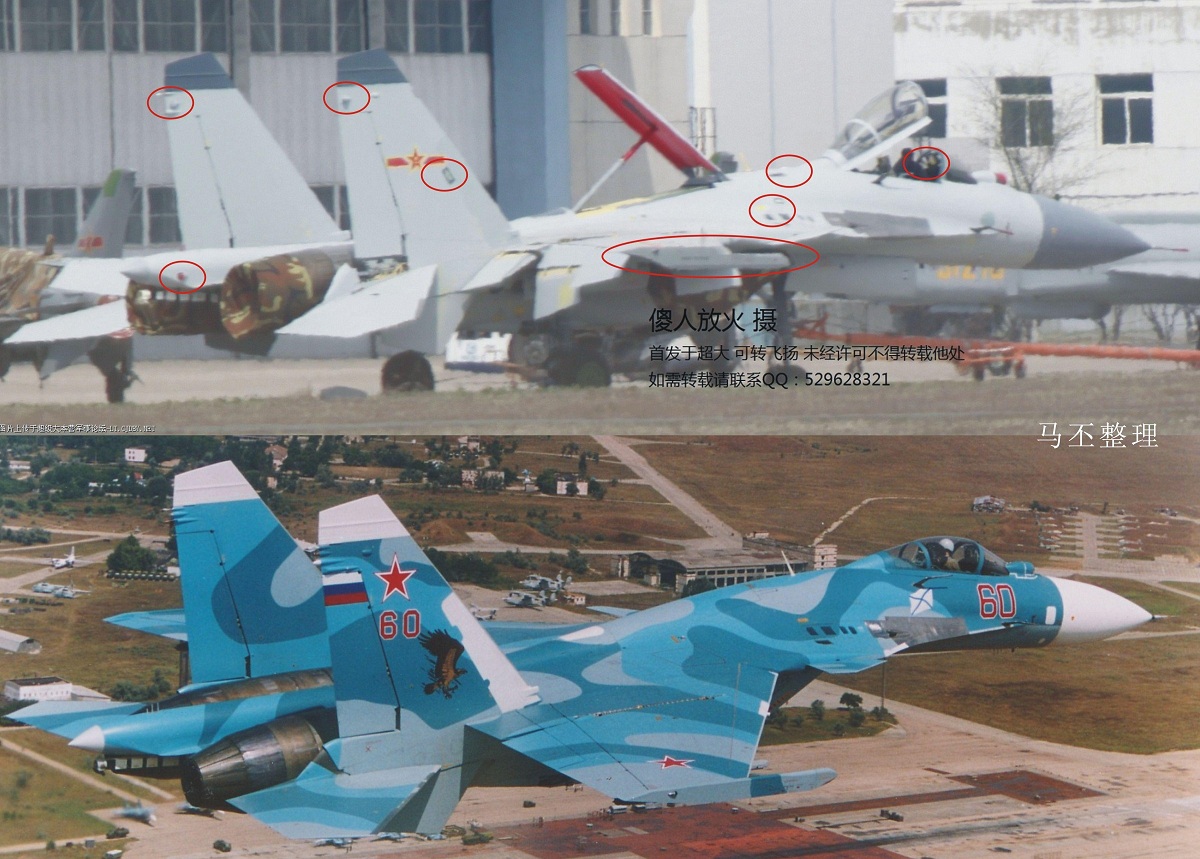




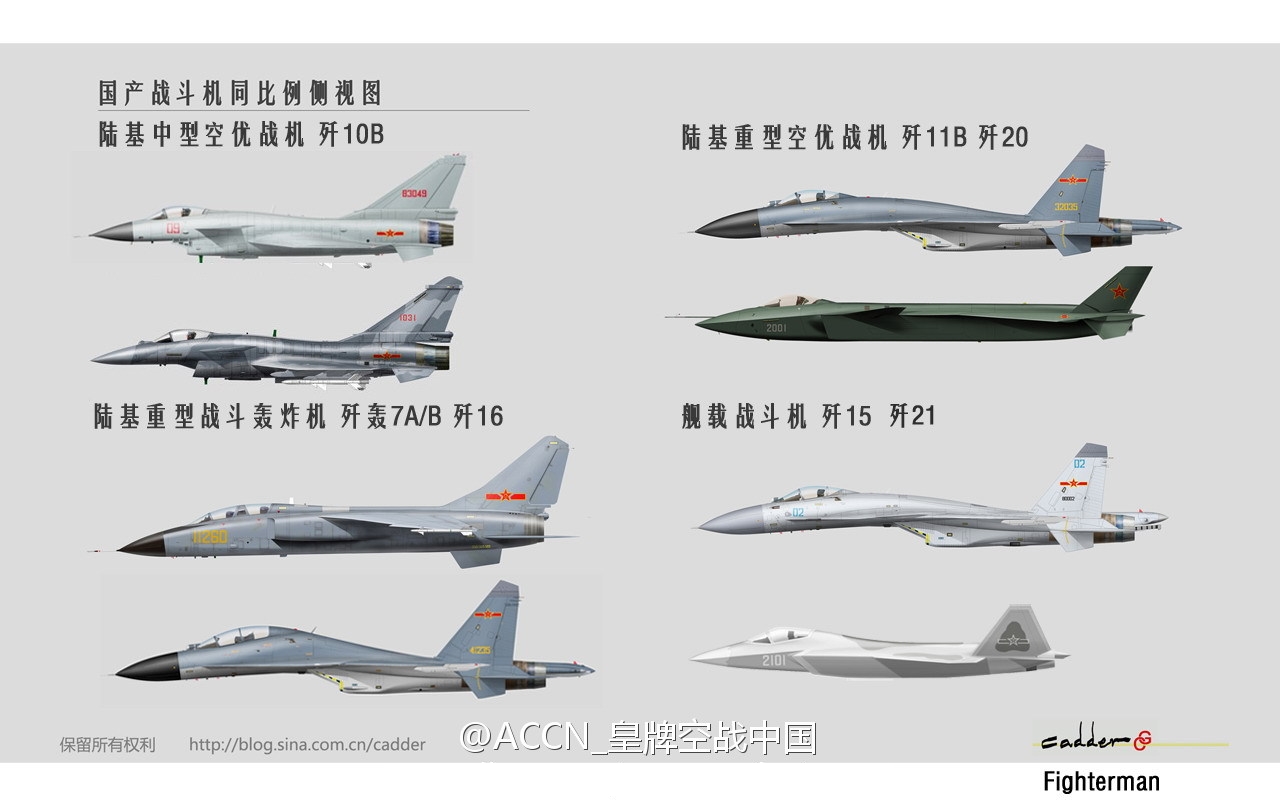












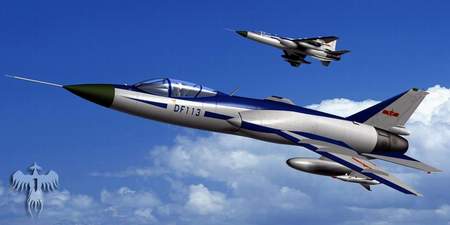









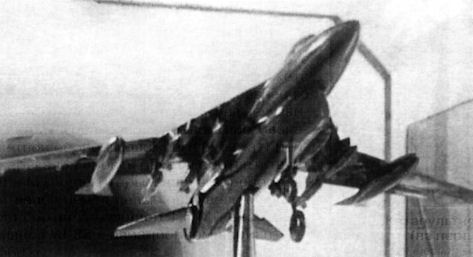



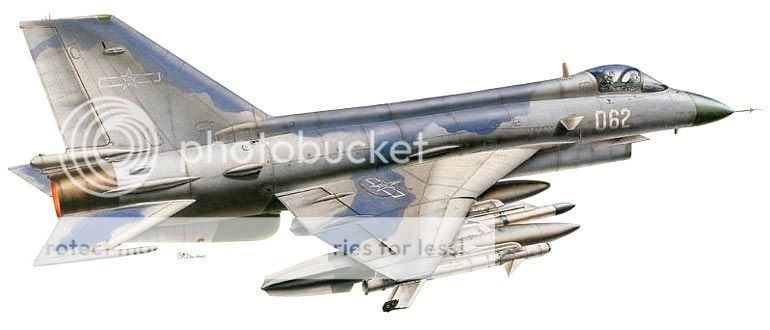



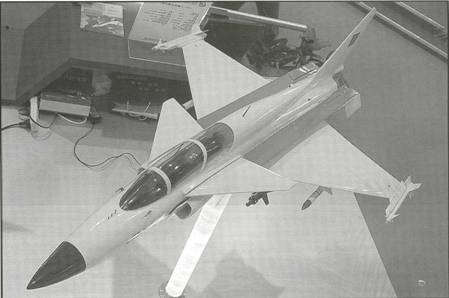
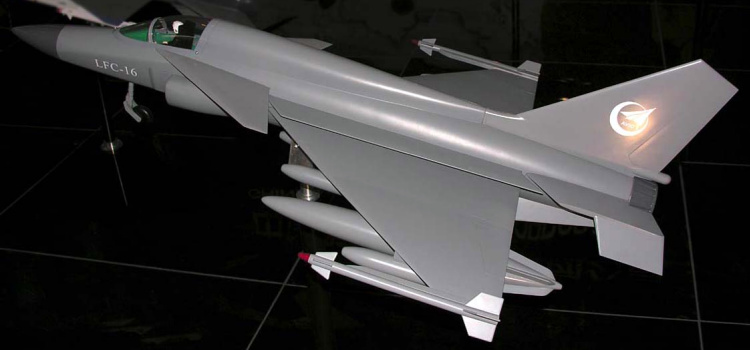




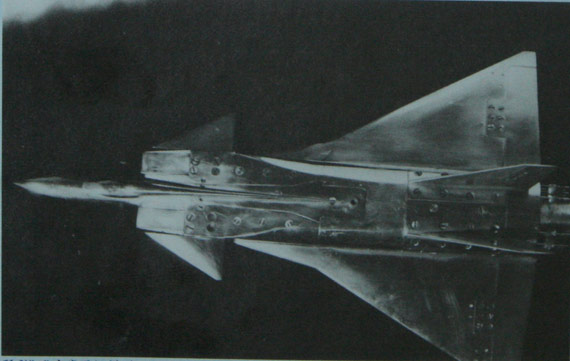




 the design development plans urgent work requirements, the F 9 development work began to shrink. In 1980, for the implementation of national economic adjustment policy, the F 9 suspend all development work that is, before and after the investment research fee of about 21.22 million yuan. F-9, as the subsequent strong 6, the ultimate in China's aviation history does not draw a satisfactory conclusion.
the design development plans urgent work requirements, the F 9 development work began to shrink. In 1980, for the implementation of national economic adjustment policy, the F 9 suspend all development work that is, before and after the investment research fee of about 21.22 million yuan. F-9, as the subsequent strong 6, the ultimate in China's aviation history does not draw a satisfactory conclusion.





















